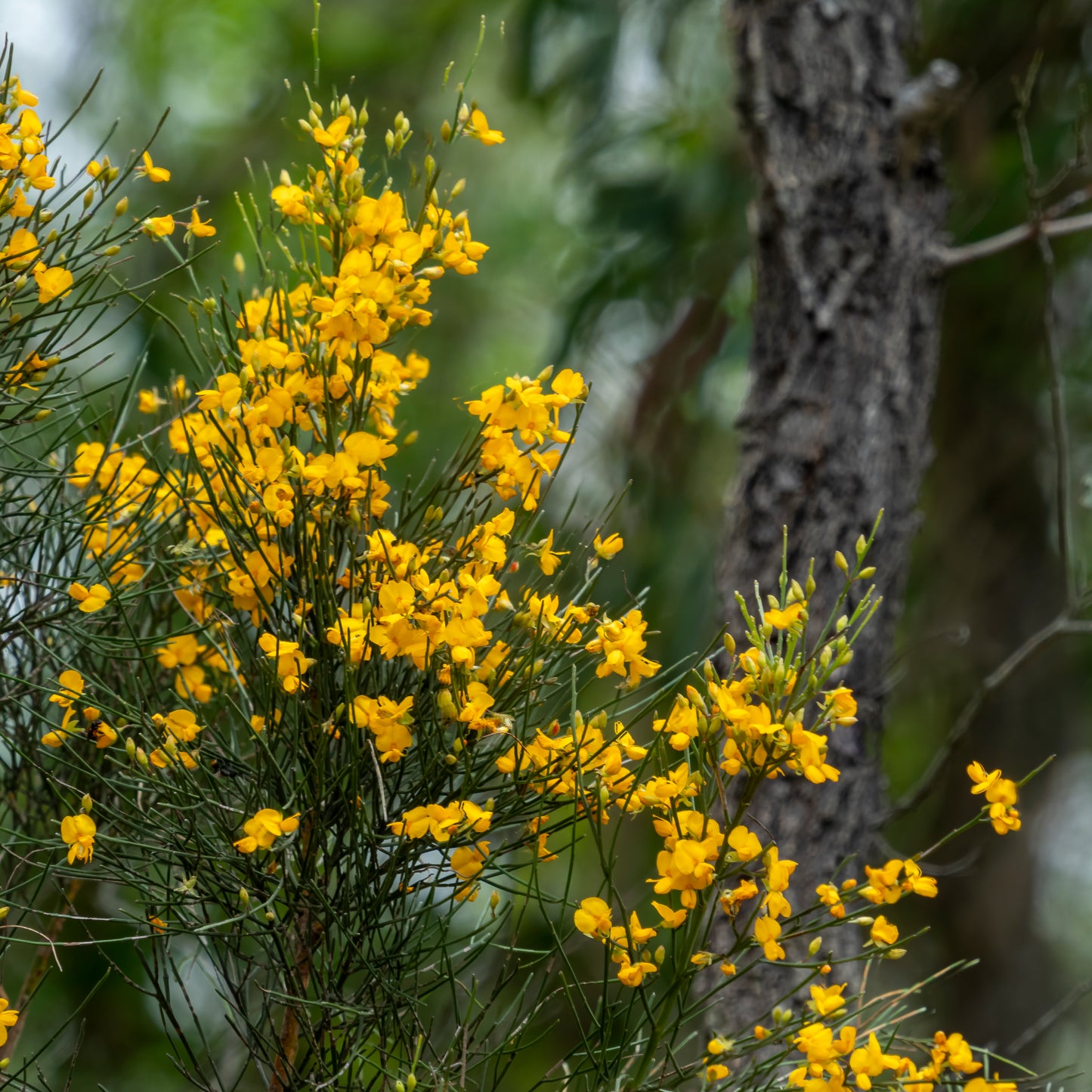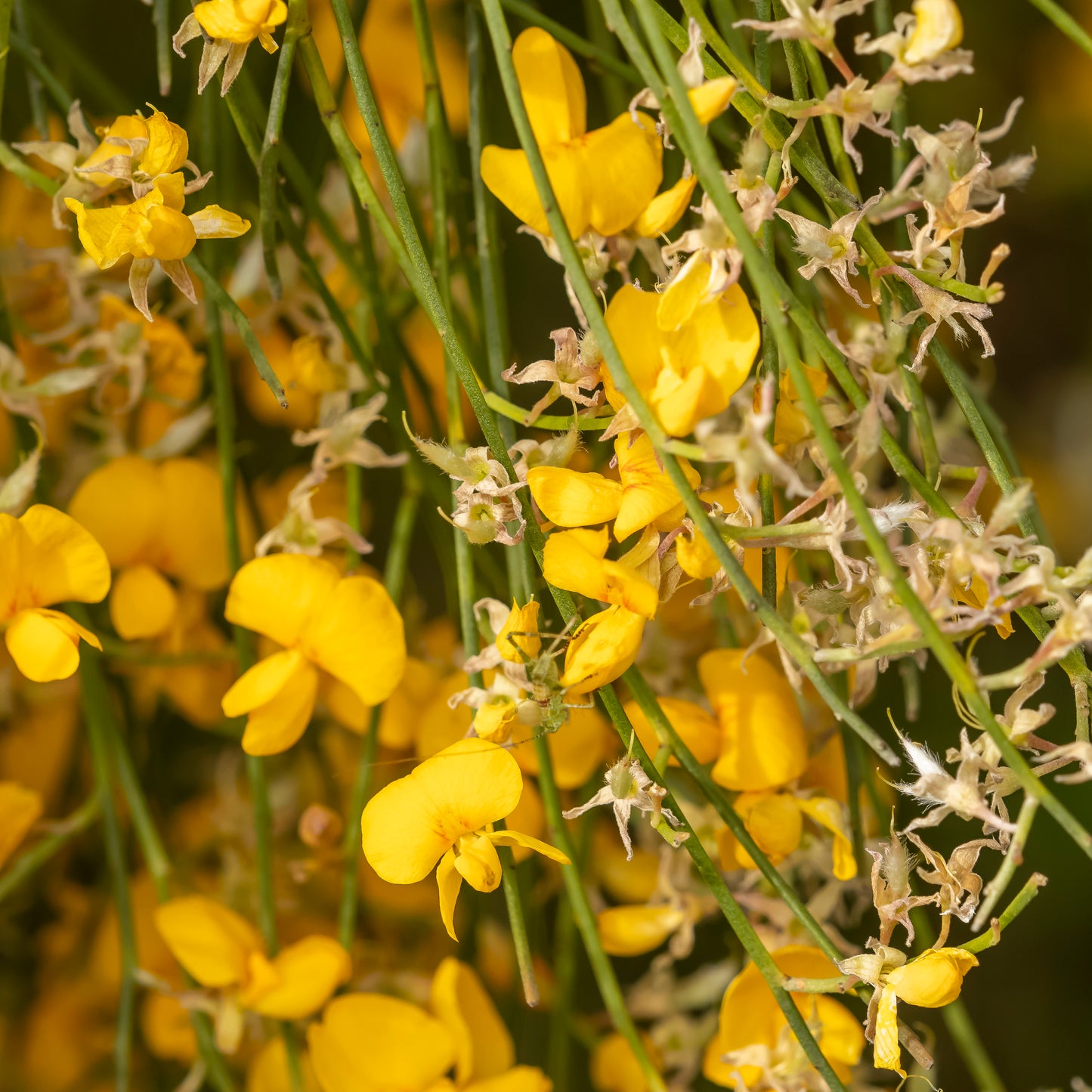Dogwood (Jacksonia scoparia)
Dogwood (Jacksonia scoparia)
Couldn't load pickup availability
$80 minimum spend required for checkout.
Why we love this plant!
Why we love this plant!
An adaptable and hardy native shrub, Dogwood is particularly well-suited to South East Queensland’s dry and sandy soils. It produces profuse yellow pea-like flowers in spring and summer, attracting bees and other pollinators. Its distinctive, broom-like growth habit provides shelter for small wildlife, while its deep roots help stabilise erosion-prone soils, making it a useful plant for revegetation and dryland restoration projects. Dogwood thrives in full sun and is highly drought-resistant, making it a great addition to native gardens that require minimal water once established.
Care Considerations
Care Considerations
Watering preferences:
- Minimal watering is required once established.
- Drought-tolerant but may benefit from occasional deep watering in extended dry periods.
Mulching preferences:
- Applying mulch may help retain moisture and suppress weeds.
Fertilising preferences:
- No specific fertilisation is generally needed, as this species is adapted to thrive in nutrient-poor soils.
Pruning preferences:
- Pruning is not necessary but can be done to shape the plant or manage size.
Good to Know:
- Well-suited to South East Queensland’s dry and sandy soils and coastal exposure.
- Provides nectar for native bees and is a great habitat tree for wildlife.
Plant Details
Plant Details
| Common uses: | Feature plant, Pollinator-friendly, Seasonal colour, Drought hardy/tolerant, Low maintenance garden, Robust/Hardy, Rocky or dry gardens (Xeriscape), Erosion control, and Nitrogen fixing |
| Expected Height Range: | 1 m - 3 m |
| Spread Range: | 1m - 2 m |
| Preferred positioning: | Full sun |
| Flower Season/s: | Summer |
| Flower Colour/s: |
|
| Plant life cycle: | Perennial |
| Habitat: | Native to Australia and commonly found in open woodlands, heathlands, and along coastal regions. It is well adapted to dry, sandy, and well-drained soils. |
| Leaf information: | Fine, needle-like green leaves that are sparse along wiry stems. |
| Preferred Soil: | Prefers well-drained, sandy, or gravelly soils and is well adapted to poor soils without requiring heavy fertilisation. |
Share




